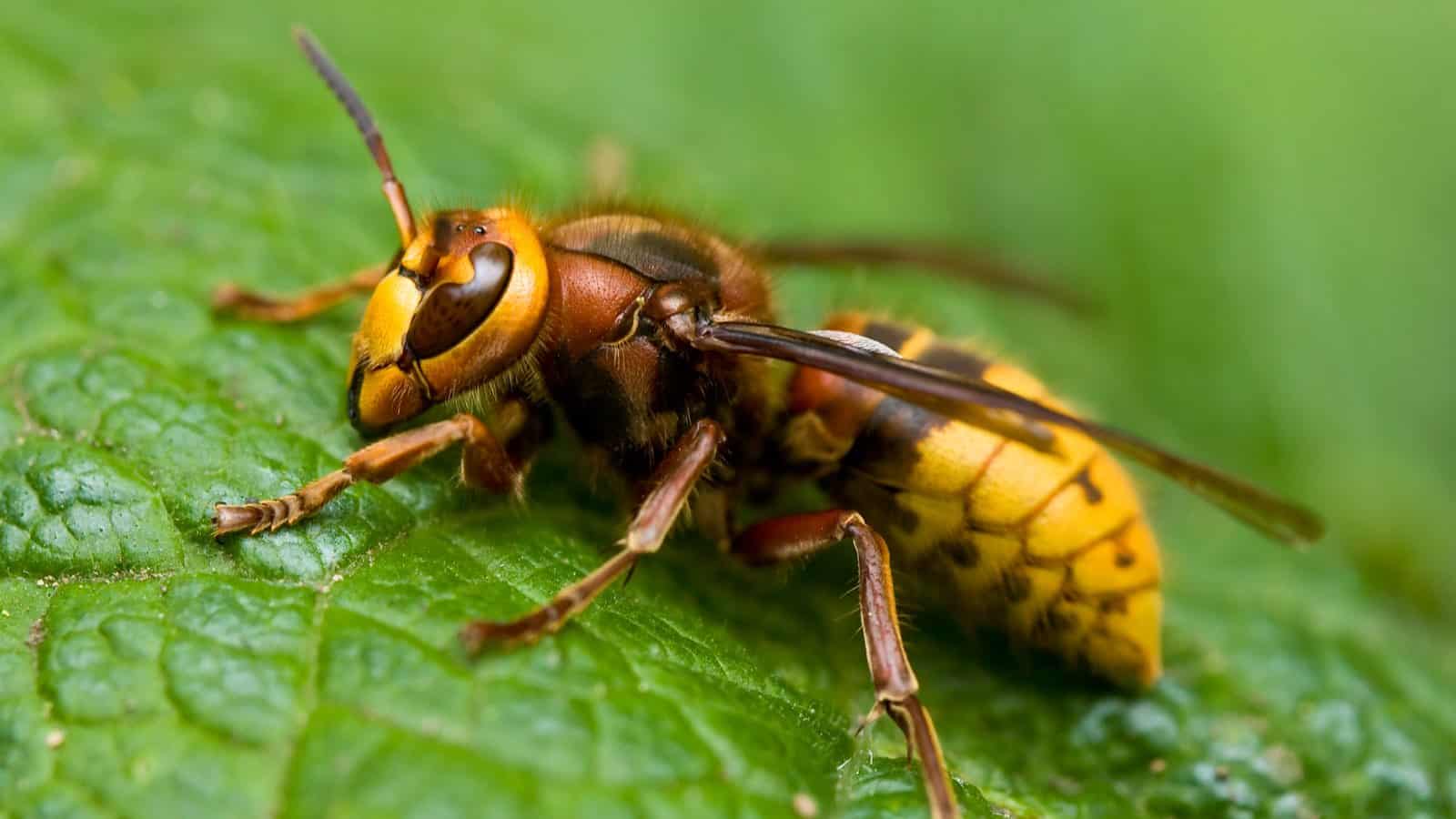Wasps are fascinating creatures, playing crucial roles in our ecosystems as pollinators and natural pest controllers. However, they can also pose challenges, especially when they come too close to human habitats. In this blog post, we’ll delve into the world of wasps, exploring different species and offering insights into effective wasp control.
The World of Wasps: Diversity and Distinction
Wasps are a diverse group of insects, with over 30,000 identified species. They range in size, colour, and behaviour, making them a subject of great interest for entomologists and nature enthusiasts alike.
Common Wasp Species
- Yellowjackets (Vespula spp. and Dolichovespula spp.): These are probably the most recognised wasps, known for their distinctive yellow and black striped bodies. They are social wasps, living in colonies that can contain thousands of individuals.
- Paper Wasps (Polistes spp.): Known for their unique umbrella-shaped nests, paper wasps are less aggressive than yellowjackets. They have long bodies and legs, with a characteristic thin “waist”.
- Hornets (Vespa spp. and Provespa spp.): Hornets are the largest of the social wasps. The European hornet and the Asian giant hornet (sometimes called the “murder hornet”) are well-known species. They are distinguishable by their size and the larger amount of yellow or orange on their bodies compared to other wasps.
- Mud Daubers (Sceliphron and Chalybion spp.): Mud daubers are solitary wasps. They are known for their mud-constructed nests and are generally not aggressive.
- Potter Wasps (Eumeninae subfamily): These solitary wasps are known for their pot-like nests made of mud. They are beneficial as they control caterpillar populations.
Understanding Wasp Behaviour
Wasps play vital roles in their ecosystems. Predatory species control insect populations, while others are important pollinators – understanding their behaviour is key to coexisting with them peacefully.
Wasp Control: Safeguarding Your Space
While appreciating wasps’ ecological roles, it’s also essential to manage their presence, especially in residential areas. Effective wasp control involves a combination of prevention and safe removal. Here are some tips:
- Prevention: Keep food covered during outdoor events, seal garbage bins tightly, and repair any cracks or openings in your home’s exterior.
- Safe Removal: If you encounter a nest, it’s crucial to approach it with caution. For large or hard-to-reach nests, or if you’re allergic to wasp stings, it’s safest to contact professional pest control services.
- Natural Repellents: Certain plants like spearmint, thyme, and eucalyptus can act as natural wasp repellents.
Final Thoughts
Wasps are more than just a nuisance; they’re an integral part of our natural world. By understanding different species and their behaviours, we can better appreciate their role and manage their presence responsibly. Wasps continue to intrigue and inspire us with their complex societies and behaviours. As we learn more about these extraordinary insects, we deepen our connection with the natural world and learn how to coexist with its many inhabitants.






